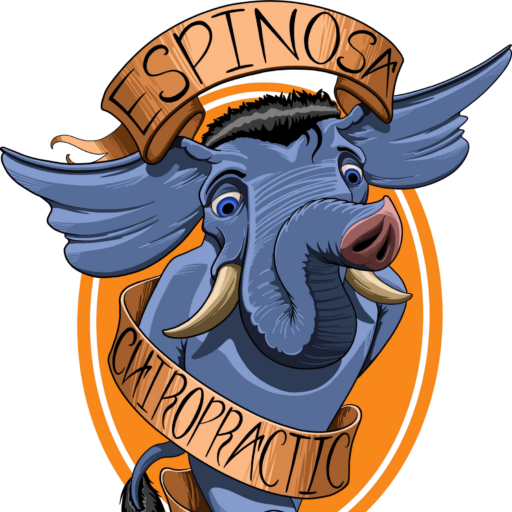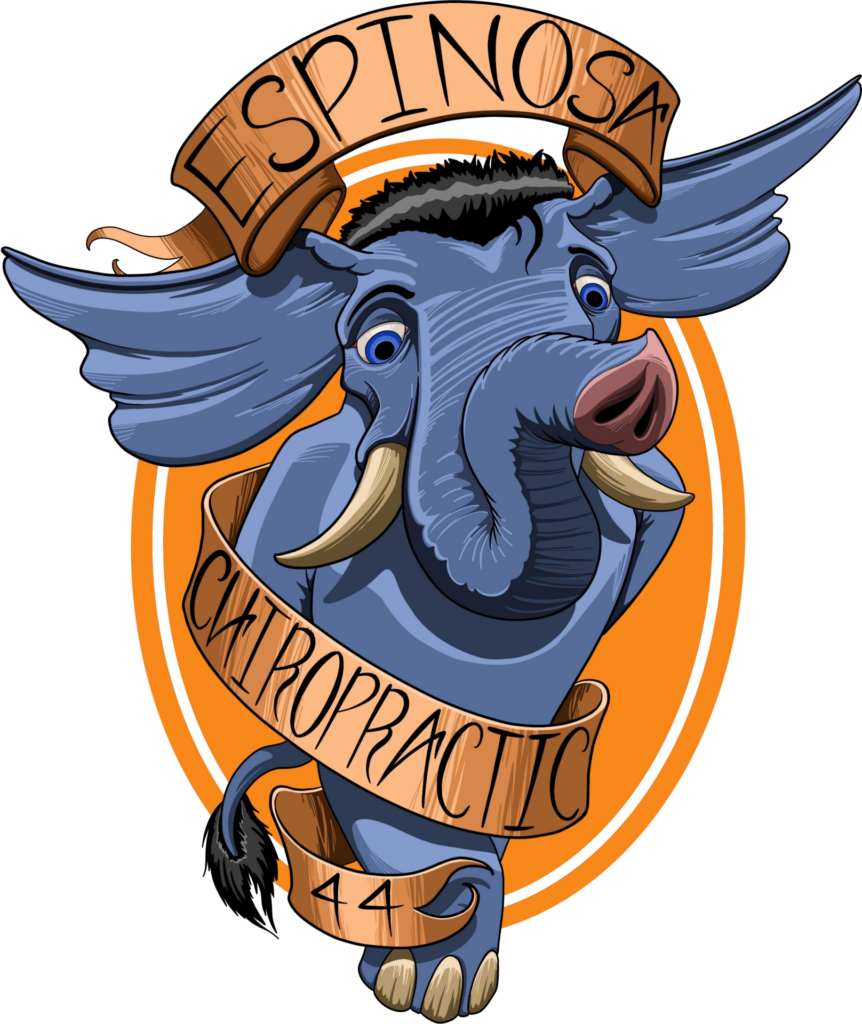Posts by Espinosa
Breastfeeding Basics: How to Avoid Back Pain

Back pain and breastfeeding go together
Holding any additional weight is likely to put your body at an odd angle, but a baby ups the ante. In order to effectively nurse, you crane your neck to maintain a gaze with your child, while your back often becomes hunched to support the weight on one side. As your spine is already trying to recover from the trauma of the long journey of pregnancy, this additional stress can be untimely. But there are some steps you can take to mitigate the soreness and stiffness that accrues from breastfeeding.
Magnesium is Essential for Bone Health

The reality of bone loss
Today, we’re talking about bone loss, a natural part of aging that will occur to us all in varying degrees. Starting during our thirties and accelerating thereafter, our bones begin to lose mineral density. This leaves us vulnerable in a variety of ways- take our spines, which are already often compromised by unhealthy lifestyles, poor diets and lack of exercise. Bone loss makes the vertebrae weaker and therefore more likely to fracture from compression- the resulting compression fractures cause terrible pain, limit range of motion and can hasten spinal degeneration. So what can we do about it?
Stop Ignoring Your Stretches: They Will Save Your Spine

Stretching is so easy: why do we avoid it?
Many of our patients tell us how surprised they are at the ability of stretching to help them feel better. Whether you are mired in the grips of chronic back pain, or you haven’t had a single complaint from your spine in all your life, you can still benefit from regular stretching. The fact is, most adults in America aren’t moving enough. And if you are moving a lot, you need to condition your muscles to accept this movement. Stretching answers both of these calls: it can be adapted to work out muscles which are weak and stiff from lack of movement, or to ease muscles that have been strained from overuse.
Gentle Chiropractic

Spinal mobilization is a gentler form of chiropractic therapy
As with all other chiropractic techniques, our goal is to restore lost range of motion and improve the function of your spinal joints. Traditional adjustments are known as High Velocity, Low Amplitude (HVLA), which utilize a rapidly applied but low-force thrust to restore a spinal joint into neutral alignment. But some people require, and others desire, a more gentle form of care. The answer is mobilization.
Water Therapy: A Godsend for Back Pain Sufferers

Why is water-based therapy so good for the spine
Let us give you a bucketful of reasons. Begin with the suspension of gravity: as soon as you enter the pool, the majority of downward force on the spine is negated. The majority of water therapy routines are performed in warm-water pools designed to get your blood flowing (*make sure that exercising in warm water will not exacerbate other pre-existing health conditions*). The exercises involved are ultra-low impact, meaning that there is negligible wear and tear on the spinal joints compared to land-based exercises. Let’s look at more reasons why water therapy is so desirable for people with back pain.
Don’t Let Running Be the Source of Your Back Pain

Running is repetitive stress
At Espinosa Family Chiropractic, we love running. It is an instantly-accessible activity that boots fitness and wellness in a single, simple package. We always say, if it gets you active, we support the activity! But don’t make the mistake of thinking it is truly low-impact. In fact, running is quite high impact by nature; the repetitive jarring motion involved in striking the ground sends shockwaves up the body, through the joints of your lower body and into your spine. The lower back bears the brunt of this shock absorption and quite often suffers as a result.
Weightlifting and Back Pain: A Precarious Relationship

Weightlifting is a double-edged sword for back pain sufferers
On the one hand, it helps maintain muscle strength and tone, lending your back a crucial support. Strength is fundamental to function- it makes us more able and less prone to injury; your muscles are the frontline of defense for your spine against daily compression. On the other hand, weightlifting can significantly increase the risk of muscle strain, ligament injury, disc injury due to compression and other spinal health conditions. If you currently suffer from back pain, but you still want to maintain a weightlifting regime, it is highly advisable that you speak with a spinal health care specialist such as a chiropractor. We can provide you with a diagnostic picture of the state of your spine, helping your determine exactly what muscle-building activities will benefit you and which to avoid.
Where Does Sciatica Come From?

Sciatica is a symptom
Too many people adhere to the idea that sciatica is a standalone condition. This fallacious thinking leads people down the road of selecting treatments based purely on their pain. In reality, sciatica is a symptom of any number of conditions, including:
- Spinal stenosis
- Lumbar herniated discs
- Degenerative disc disease
- Spondylolisthesis
…and even muscle tension. Systemic tension in the lower back can compress the sciatic nerve sufficiently enough to cause pain, tingling and numbness, the hallmarks of sciatica.
We Wish You the Healthiest Pregnancy Possible

To make that happen, we need to keep you active
Pregnancy is going to slow you down- there is no fighting that. Your body is going to change more rapidly than you will be able to keep up with, and with such rapid change comes a fair amount of discomfort. From morning sickness to sciatica, pregnancies are often fraught with pain and dysfunction. All doctors agree that the best way to stay ahead of the curve (and the majority of the pain and discomfort), is to stay active. But not all doctors have a plan for keeping you in a state conducive to activity.
Soft Tissue Therapy: A Comprehensive, Feel-Good Treatment

What does soft tissue therapy involve?
Many people think of soft tissue therapy as a fancy name for massage. But it is so much more than a basic massage. At Espinosa Family Chiropractic, the primary goal of soft tissue therapy is rehabilitation. We assess and determine the extent of pain and inflammation in a given region and use soft tissue therapy to manipulate and man age this pain. By combining this with traditional chiropractic modalities, we offer another dimension to our pain management and prevention arsenal. So why is soft tissue therapy so effective?
